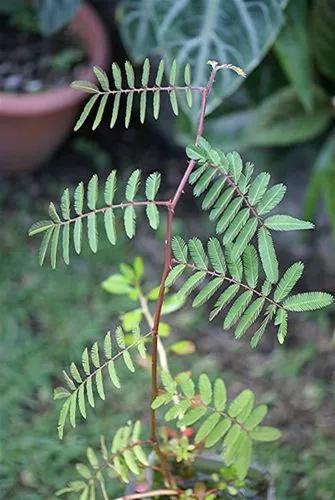Prunus mume is an East Asian and Southeast Asian tree species classified in the Armeniaca section of the genus Prunus subgenus Prunus. Its common names include Chinese plum and apanese apricot. The tree's flowering in late winter and early spring is highly regarded as a seasonal symbol.
Prunus mume should not be confused with Prunus salicina, a related species also grown in China, Japan, Korea and Vietnam. Another tree, Prunus japonica, is also a separate species despite having a Latin name similar to Prunus mume's common name.
Prunus mume is a deciduous tree that starts to flower in mid-winter, typically around January until late February in East Asia. It can grow to 4–10 m (13–33 ft) tall.
The flowers are 2–2.5 cm (0.79–0.98 in) in diameter and have a strong fragrant scent. They have colors in varying shades of white, pink, and red. The leaves appear shortly after the petals fall, are oval-shaped with a pointed tip, and are 4–8 cm long and 2.5–5 cm wide.
The fruit ripens in early summer, around June and July in East Asia, and coincides with the East Asian rainy season, the meiyu (梅雨, "plum rain"). The drupe is 2–3 cm (0.79–1.18 in) in diameter with a groove running from the stalk to the tip. The skin turns yellow, sometimes with a red blush, as it ripens, and the flesh becomes yellow. The tree is cultivated for its fruit and flowers.










